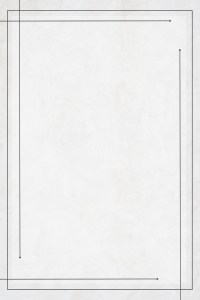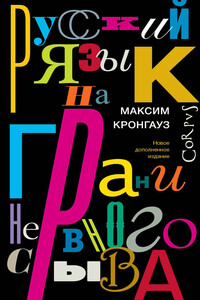Английский язык для медиков | страница 25
7. Is compact bone strong or note?
8. What is called periosteum?
9. In what way does the bone loose its rigidity and become flexible?
10. Where are the osteocytes located?
Make the sentences of your own using the new words (10 sentences).
Find the definite and indefinite articles in the text.
ЛЕКЦИЯ № 12. Skull
The extensive chapter covers the major bones of the skeleton as well as their associated muscles and tendons. Blood suppfy and inner-vation are reviewed for each muscle group. Bones of the skull may be classified as belonging to the neurocranium (the portion of the skull that surrounds and protects the brain) or the viscerocranium (i. e., the skeleton of the face). Osteology: bones of the neurocranium: Frontal, Parietal, Temporal, Occipital, Ethmoid, Sphenoid.
Bones of the viscerocranium (surface): Maxilla, Nasal, Zygomatic, Mandible. Bones of the viscerocranium (deep): Ethmoid, Sphenoid, Vomer, Lacrimal, Palatine, Inferior nasal concha Articulations: Most skull bones meet at immovable joints called sutures. The sole exception is the temporomandibular joint, a synovial joint that has a hinge-gliding movement. The coronal suture is between the frontal and the parietal bones. The sagittal suture is between two parietal bones. The lambdoid suture is between the parietal and the occipital bones. The bregma is the point at which the coronal suture intersects the sagittal suture and is the site of the anterior fontanelle in an infant.
The lambda is the point at which the sagittal suture intersects the lambdoid suture and is the site of the posterior fontanelle in an infant. The pterion is the point on the lateral aspect of the skull where the greater wing of the sphenoid, parietal, frontal, and temporal bones converge. The temporomandibular joint is between the mandibular fossa of the temporal bone and the condylar process of the mandible.
The parotid gland is the largest of the salivary glands and has a dense connective tissue capsule. Structures found within the substance of this gland include the following: Motor branches of the facial nerve. CN VII enters the parotid gland after emerging from the stylomastoid foramen at the base of the skull. Superficial temporal artery and vein. The artery is a terminal branch of the external carotid artery.
External carotid artery: Retromandibular vein, which is formed from the maxillary and superficial temporal veins.
FACE: The muscles of facial expression are derived from the second pharyngeal arch and are supplied by motor branches of CN VII Таблица 2.






